In our rush to embrace the Smart City, have we neglected the power of the Creative City?
That’s one of the questions raised by an urban planner who says harnessing the creative spirit of a place can be a key to helping communities prosper and thrive.
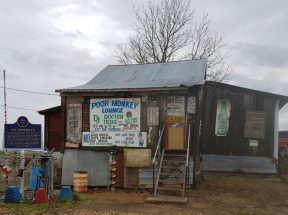
“A creative city is where the creative community comes together through art and creative cultures that reflect past and future heritage,” Melbourne-based economist and town planner John Henshall told Government News on the sidelines of a place branding conference.
“That results in employment and income and investment for the community, but there are other benefits, like giving a community a sense of place”.
As the man who was instrumental in turning a down-and-out Deep South US town into a vibrant tourist drawcard by tapping into its heritage as the birthplace of blues music, Mr Henshall knows what he’s talking about.
Breathing life into a derelict community
When Mr Henshall first visited the Mississippi Delta town of Clarksdale in 2001 it was in a state of economic and cultural decay. It had lost its cotton, manufacturing and packaging base, but worse, it had lost its connection with the past.
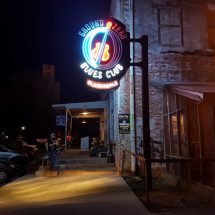
“There was just one diner when I was there, a handful of mostly derelict shops, few people in the streets, hardly any tourists. You were lucky if you had live music one or two nights a week,” he told the Placebranding Australia conference in Sydney on June 4.
The good news was that the lack of interest in developing the downtown area had left many heritage buildings intact – something that played into Henshall’s hand when in 2008 he developed a pro bono action plan for the city.
Fast forward to today and the city has completely turned around. Clarksdale now boasts a plethora of live music venues, a blues museum, visitor lodgings, eateries and an influx of entrepreurs and investors.
“It’s a vibrant place, largely because of locals and newcomers who have discovered the heritage of blues music but also the creativity that people have in the town,” Mr Henshall says.
“Today they have local and international tourists, including a lot of Australians. And there’s authentic live music every night of the year at several venues around town.”
Mr Henshall describes Clarksdale, population 16,000, as “an exemplar of the development of a small town creative community” through a process of auditing creative potential, identifying ‘creative champions’ and telling a compelling story.
“The importance of creative people can’t be underestimated,” he says. “And it doesn’t just have to be the artists and authors and so on. It’s also the people who make it happen, the adminstrators.”
Tassie town’s arts-led revival
Like Clarksdale, the remote town of western Tasmanian town of Queenstown has managed to turn its fortunes around by tapping into its cultural heritage via a unique arts festival.
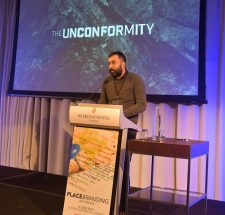
The force behind The Unconformity festival, Travis Tiddy, spoke at PlaceBranding Australia about the transformation of Queenstown after it was struck a body blow by the deaths of two miners in 2013 and the closure of the Mount Lyell copper mine.
Held every two years over three days in October, the festival exploits Queenstown’s geography and mining heritage to showcase site-specific installations, events and performances. It attracts almost 4,000 visitors to the town of just 1,800.
Exploring a town’s differences is key to creating cultural events that attract visitation and revive places, Mr Tiddy says.
“Every town has those cultural nuggets or layers of history that are unique and singular to that place,” he told Government News ahead of the conference.
Western Sydney Council finds creative heartbeat
Liverpool City Council in Sydney’s west has also found its heartbeat thought creativity, including the Casula Powerhouse Arts Centre (CPAC), festivals and initiatives like the Mapping Liverpool initiative, which highlights the stories and heritage of Liverpool’s culturally diverse community.
In the last year, CPAC has held 20 exhibitions, hosted 100 events and 400 public education event and attracted 60,000 visitors, director Craig Donarski told the conference.
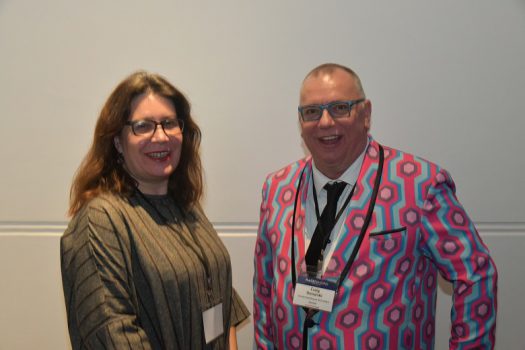
“Creating is for everyone … and that informs everything we do – the exhibitions, public programs and other weird and wonderful things that happen at Casula, from film festivals to dance parties, all attempt in various ways to do things differently.
“We try not to compete with the way other arts centres operate or program, prefering to generate bespoke local solutions to uniquely local wants and needs, not dissimilar to The Unconformity.”
Liverpool council CEO Kiersten Fishburn says Liverpool has managed to shape its identity through arts and culture, and she’d like to see more opportunities at a planning level to allow local councils tap into creativity.
While State Environmental Planning Policies (SEPPS) exist for areas of environmental significance, Ms Fishurn says planning controls could be used to help foster creative cities.
“I’d like to see master planning and planning controls used to incentivise industry that supports cultural and creative activation,” she told Government News.
Comment below to have your say on this story.
If you have a news story or tip-off, get in touch at editorial@governmentnews.com.au.
Sign up to the Government News newsletter.


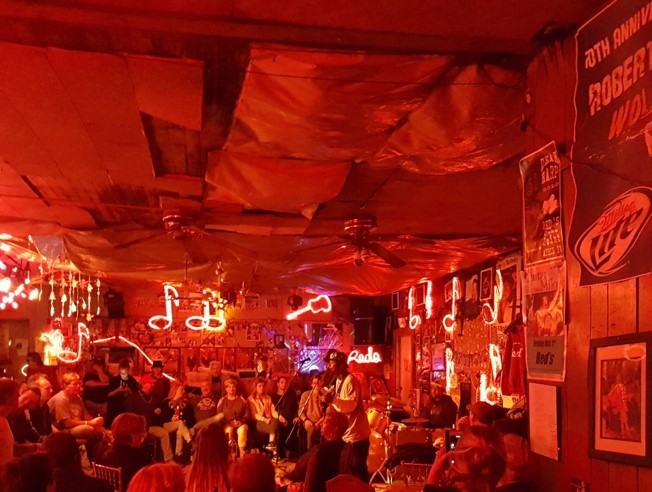


Leave a Reply